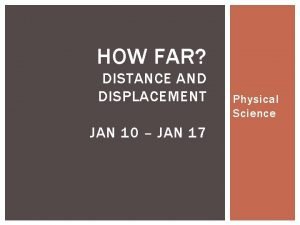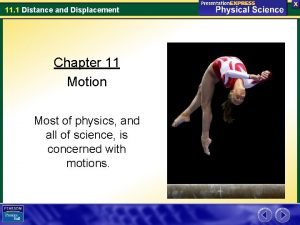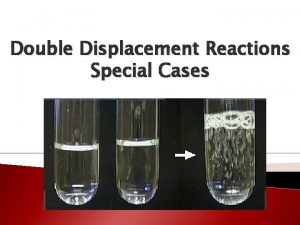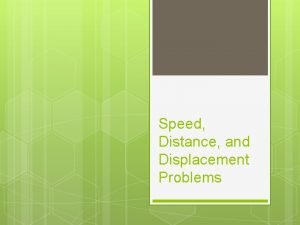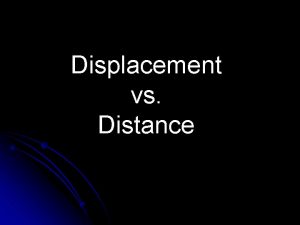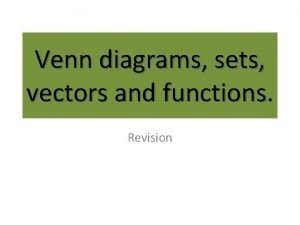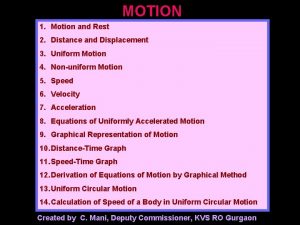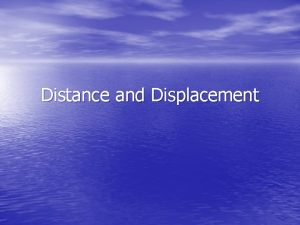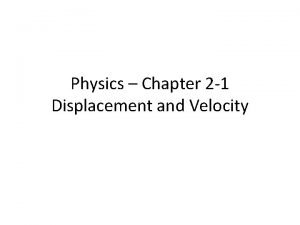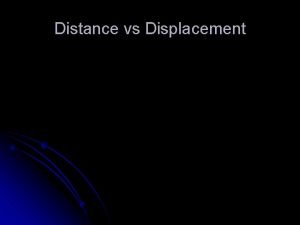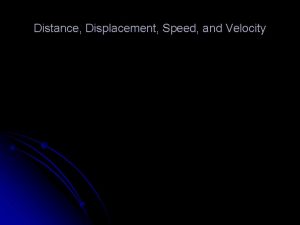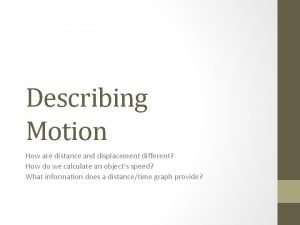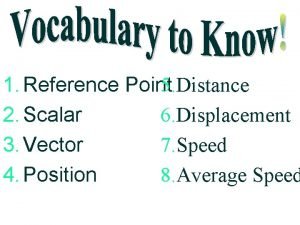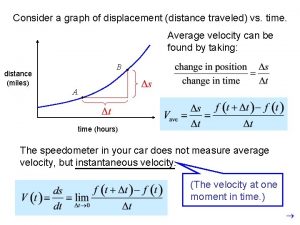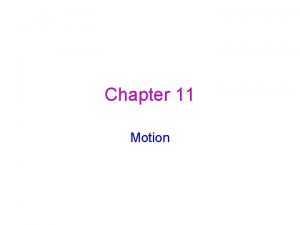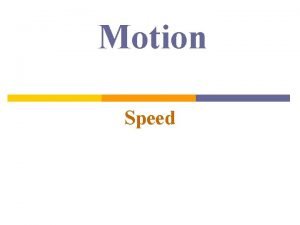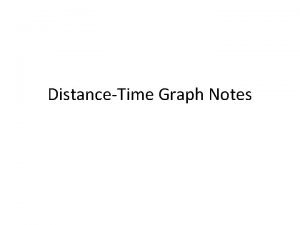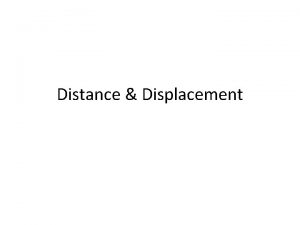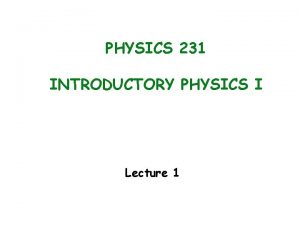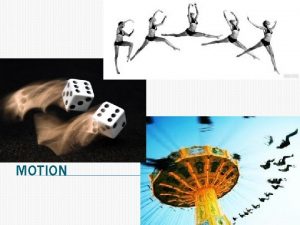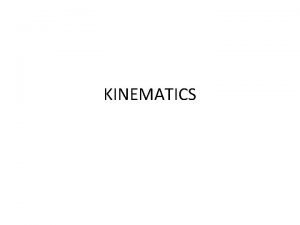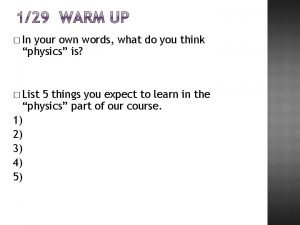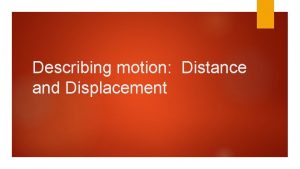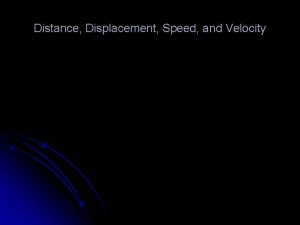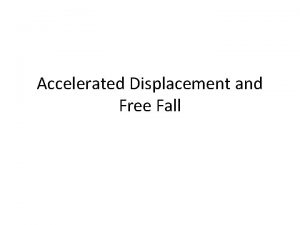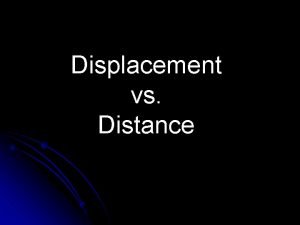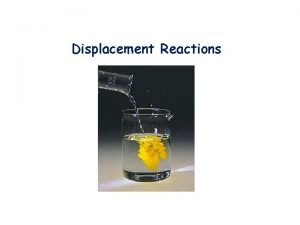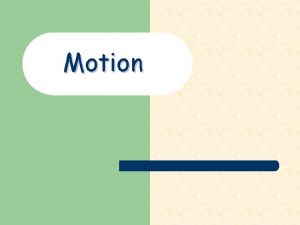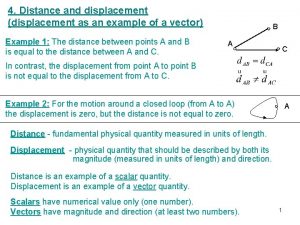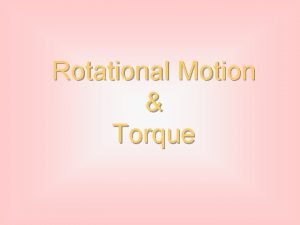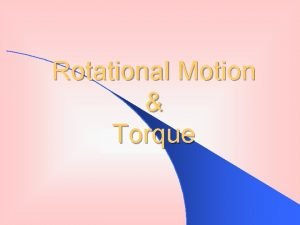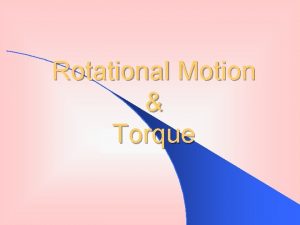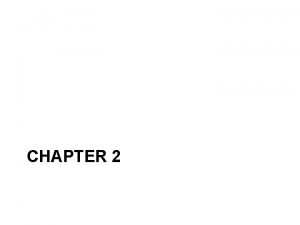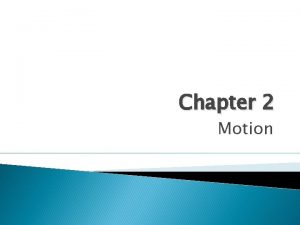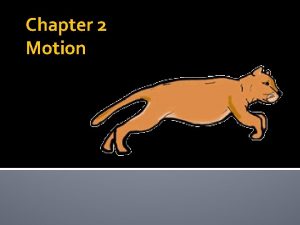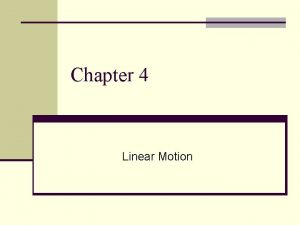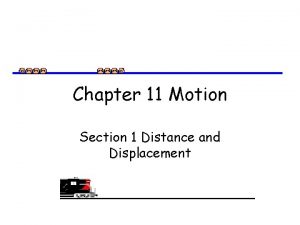11 1 Distance and Displacement Chapter 11 Motion






















- Slides: 22

11. 1 Distance and Displacement Chapter 11 - Motion

11. 1 Distance and Displacement Section 1 – Distance and Displacement

11. 1 Distance and Displacement How fast is the butterfly moving? What direction is it moving? To describe motion, you must state the direction the object is moving as well as how fast the object is moving. You must also tell its location at a certain time.

11. 1 Distance and Displacement Choosing a Frame of Reference What is needed to describe motion completely? A frame of reference is a system of objects that are not moving with respect to one another. To describe motion accurately and completely, a frame of reference is necessary.

11. 1 Distance and Displacement Choosing a Frame of Reference How Fast Are You Moving? How fast the passengers on a train are moving depends on the frame of reference chosen to measure their motion. Relative motion is movement in relation to a frame of reference. • As the train moves past a platform, people standing on the platform will see those on the train speeding by. • When the people on the train look at one another, they don’t seem to be moving at all.

11. 1 Distance and Displacement Choosing a Frame of Reference To someone riding on a speeding train, others on the train don’t seem to be moving.

11. 1 Distance and Displacement Choosing a Frame of Reference Which Frame Should You Choose? • When you sit on a train and look out a window, a treetop may help you see how fast you are moving relative to the ground. • If you get up and walk toward the rear of the train, looking at a seat or the floor shows how fast you are walking relative to the train. • Choosing a meaningful frame of reference allows you to describe motion in a clear and relevant manner.

11. 1 Distance and Displacement Measuring Distance How are distance and displacement different? Distance is the length of the path between two points. Displacement is the direction from the starting point and the length of a straight line from the starting point to the ending point.

11. 1 Distance and Displacement Measuring Distance is the length of a path between two points. When an object moves in a straight line, the distance is the length of the line connecting the object’s starting point and its ending point. • The SI unit for measuring distance is the meter (m). • For very large distances, it is more common to make measurements in kilometers (km). • Distances that are smaller than a meter are measured in centimeters (cm).

11. 1 Distance and Displacement Measuring Displacements To describe an object’s position relative to a given point, you need to know how far away and in what direction the object is from that point. Displacement provides this information.

11. 1 Distance and Displacement Measuring Displacements Think about the motion of a roller coaster car. • The length of the path along which the car has traveled is distance. • Displacement is the direction from the starting point to the car and the length of the straight line between them. • After completing a trip around the track, the car’s displacement is zero.

11. 1 Distance and Displacement Combining Displacements How do you add displacements? A vector is a quantity that has magnitude and direction. Add displacements using vector addition.

11. 1 Distance and Displacement Combining Displacements Displacement is an example of a vector. • The magnitude can be size, length, or amount. • Arrows on a graph or map are used to represent vectors. The length of the arrow shows the magnitude of the vector. • Vector addition is the combining of vector magnitudes and directions.

11. 1 Distance and Displacement Combining Displacements Displacement Along a Straight Line When two displacements, represented by two vectors, have the same direction, you can add their magnitudes. If two displacements are in opposite directions, the magnitudes subtract from each other.

11. 1 Distance and Displacement Combining Displacements A. Add the magnitudes of two displacement vectors that have the same direction. B. Two displacement vectors with opposite directions are subtracted from each other.

11. 1 Distance and Displacement Combining Displacements Displacement That Isn’t Along a Straight Path When two or more displacement vectors have different directions, they may be combined by graphing.

11. 1 Distance and Displacement Combining Displacements Measuring the resultant vector (the diagonal red line) shows that the displacement from the boy’s home to his school is two blocks less than the distance he actually traveled.

11. 1 Distance and Displacement Combining Displacements Measuring the resultant vector (the diagonal red line) shows that the displacement from the boy’s home to his school is two blocks less than the distance he actually traveled.

11. 1 Distance and Displacement Combining Displacements Measuring the resultant vector (the diagonal red line) shows that the displacement from the boy’s home to his school is two blocks less than the distance he actually traveled.

11. 1 Distance and Displacement Combining Displacements Measuring the resultant vector (the diagonal red line) shows that the displacement from the boy’s home to his school is two blocks less than the distance he actually traveled.

11. 1 Distance and Displacement Combining Displacements Measuring the resultant vector (the diagonal red line) shows that the displacement from the boy’s home to his school is two blocks less than the distance he actually traveled.

11. 1 Distance and Displacement Combining Displacements The boy walked a total distance of 7 blocks. This is the sum of the magnitudes of each vector along the path. The vector in red is called the resultant vector, which is the vector sum of two or more vectors. The resultant vector points directly from the starting point to the ending point.
 How is distance different from displacement
How is distance different from displacement 11.1 distance and displacement
11.1 distance and displacement Single displacement vs double displacement
Single displacement vs double displacement Distance and displacement problems
Distance and displacement problems Distance vs displacement
Distance vs displacement Venn diagram of a union b
Venn diagram of a union b Comic strip showing uniformly accelerated motion
Comic strip showing uniformly accelerated motion Distance vs displacement
Distance vs displacement Two students walk in the same direction
Two students walk in the same direction Distance vs. displacement
Distance vs. displacement Distance vs displacement
Distance vs displacement How is distance different from displacement
How is distance different from displacement Distance vs displacement symbol
Distance vs displacement symbol Displacement is distance combined with
Displacement is distance combined with Displacement vs distance traveled
Displacement vs distance traveled What is needed to describe motion completely
What is needed to describe motion completely Distance vs displacement
Distance vs displacement Distancetime graph
Distancetime graph Distance is a scalar
Distance is a scalar Distance vs. displacement
Distance vs. displacement Distance vs. displacement
Distance vs. displacement Distance vs displacement
Distance vs displacement Image reverse search
Image reverse search
